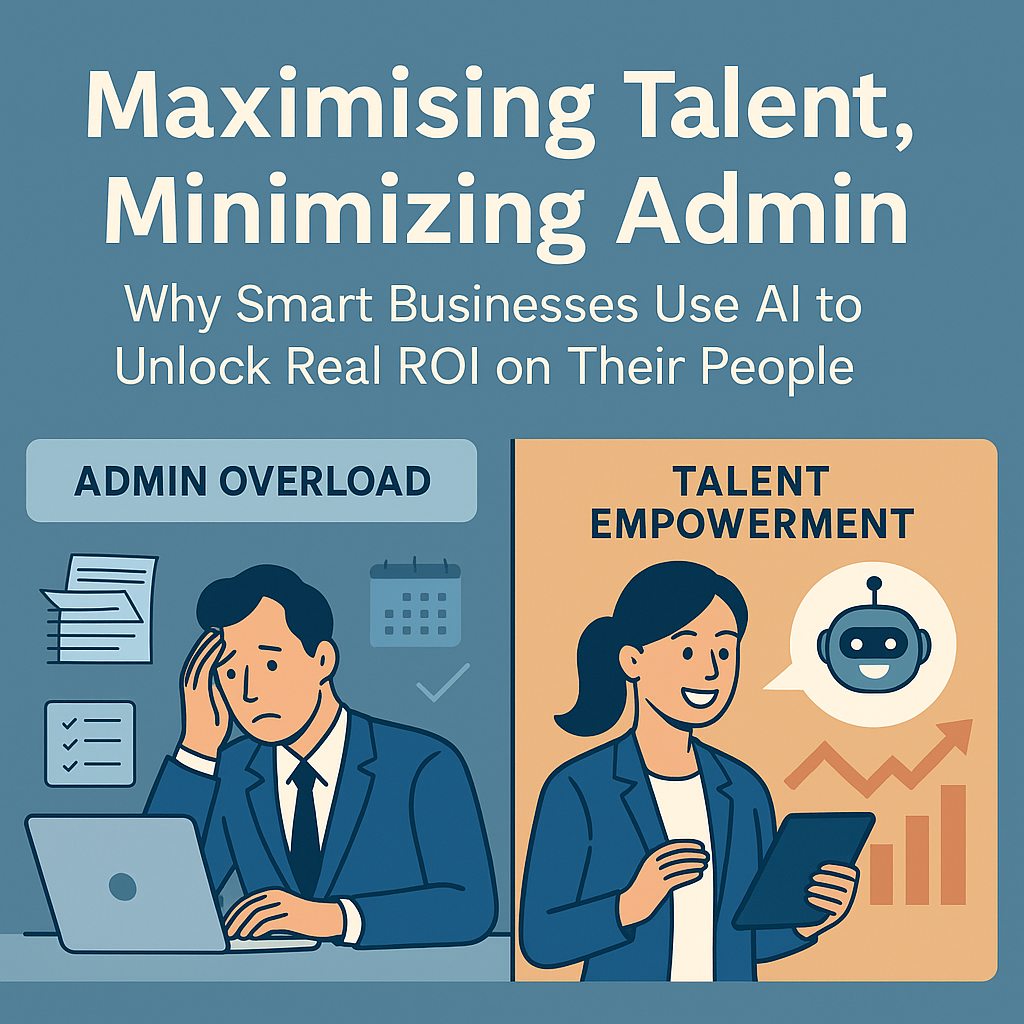Due to a combination of new hybrid working approaches, looming skills gaps, and the need to prepare for a more AI-driven future, staff training is as important as ever.
But with hybrid working models now the established norm, traditional methods of training are becoming less and less viable, and giving way to more tech-enabled solutions.
The market for staff training solutions has seen significant growth, with the e-learning space alone expected to be worth $325 billion worldwide by the year 2025.
This shift in training methods has rendered business communications capabilities an integral component of effective employee development, but for many businesses, it has also presented some new challenges.
Read on and find out how to overcome the challenges of staff training solutions.
Challenge: High system requirements
With flexible working patterns and models now firmly cemented into the operations of most businesses, an effective staff training solution needs to be as accessible as possible.
Opting for the most technologically advanced solution might sound like the best approach, but it can create a barrier for entry based on the systems and resources your employees have available to them
Solution: Agile training models
The solution to this is of course to avoid staff training solutions with high system requirements – such as high-speed internet, large internal memory, or materials that need to be printed out.
Look for solutions with low memory requirements, and that don’t lean on any large downloads, print outs or streaming of hi-res video as core parts of the programme.
If they can be accessed across different devices like mobile and tablet, then even better.
Some of the best training solutions out there simply function with daily emails, each one containing a subtopic break-down and exercise for the recipient to complete.
You don’t need the biggest budget for the best results.
Challenge: Availability
Depending on your needs, you might be looking to invest in a solution that includes coaching or consultation from external specialists.
This can prove difficult if your organisation spans several different time zones around the world, remotely-based teams and departments, and staff members who work flexible hours.
While videoconferencing can solve the issue of location, finding an available time that fits every calendar across your team can be difficult, particularly if you are a large corporation.
Solution: Recording calls for later access
If certain members of staff won’t be able to make a training session via videoconference, simply record it for later use.
Google Meet, Microsoft Teams, and Zoom all have the ability to record calls and store them securely in the cloud for later access.
Microsoft Teams is a particularly strong option here, as any files that a presenter or trainer uses during their session – such as a Powerpoint presentation or Word document – can be uploaded to OneDrive for later use, as can the web chat from the meeting itself.
Challenge: Employee engagement
Any training battles you win with technology are all for nothing if your employees aren’t engaging with the training itself.
It can be easy to misinterpret low engagement in a particular course or programme as a lack of individual effort.
But a lack of engagement is often remediable, and usually far more related to how training is administered, than an actual unwillingness to learn or develop.
Solution: Establish a culture of learning
If you want your training to hit home, and the key messages of it to stick, work on building a company culture that encourages, supports and furthers the learning process.
If you use real-time communications tools like Slack or Microsoft Teams, try creating work groups or topic-based channels for training purposes, where employees can bounce any ideas and questions off each other, and aid each other’s learning.
A bit of healthy competition or ‘gamification’ is another way to engage and incentivise your team and help them get the most out of their training.
You can invest in staff training solutions that apply game-like mechanics and reward systems, or you can ‘gamify’ an existing training solution your way.
Why not offer some shopping vouchers to the employee who gets the best test score, or puts in the most learning hours in each month?
Finally, your team needs to know that any learning you are implementing is for their benefit – not simply a box-ticking exercise.
With that in mind, it helps if you shape its delivery around the wants and needs of your team.
The best way to back this up with action is to invite feedback and surveys on the training you provide, so you can refine your training processes and aim to implement them in a way that supports as many people as possible.
We all learn in different ways. Effective staff training solutions must cater to our different needs and approaches
Investing in leading communications solutions like cloud-hosted telephony and Unified Communications can empower your teams to collaborate and connect more, while supporting more agile learning and development practices.
If you want to learn more about these solutions and whether they could be of help to your business, click here to speak to a member of the NFON team.









